Catfish Mississippi State University Extension Service
4.6 (116) In stock
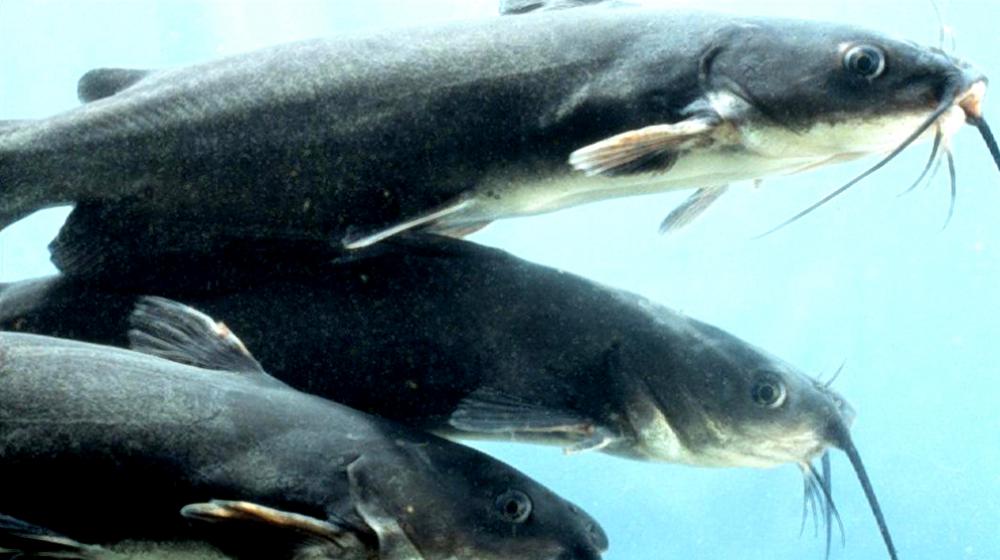
Commercial Catfish Production Catfish is the leading aquaculture industry in the United States. Commercial catfish production generates over 27 percent of the value of aquaculture production in the United States. From the first commercial production in ponds in the 1960s, catfish production has grown to reach annual sales of roughly 345 million pounds in 2019. Mississippi leads the U.S. in production with 35,700 acres in July 2019. The rapid growth of the catfish industry in the 1980s and 1990s led it to become one of the most important agricultural activities in states such as Mississippi, Arkansas, and Alabama. The combined production acreage of these three states makes up 90 percent of all catfish production acreage. Mississippi leads the country in catfish production and has held this position since the late 1980s. The catfish industry generates an economic impact of billions of dollars and is a major source of economic activity and employment in a number of Mississippi counties. The two major catfish-producing areas in Mississippi are 1) a relatively well-defined geographical area of the Mississippi River alluvial valley in northwest Mississippi that is commonly referred to as the "Delta" and 2) a less well-defined area of east-central Mississippi. The Delta region accounted for the majority of the total land area devoted to catfish in Mississippi. The land is remarkably flat, with elevations of 100 to 150 feet above sea level. Most catfish ponds in the region are constructed on soils with a high clay content. Water for filling catfish ponds is pumped from the Mississippi River alluvial aquifer. Wells range from 50 to 250 feet deep. The topography and the availability of a high-yielding groundwater source are ideally suited for construction of "embankment" or "levee" ponds. After ponds are initially filled with ground water, water levels are maintained by inputs of precipitation and pumped water. Most catfish ponds in east Mississippi are located in the western portion of the Blackland Prairie soil region which extends from just south of Montgomery, Alabama, to the west of Columbus, Mississippi, and ending near Tupelo, in northeast Mississippi. These soils also have a high clay content but differ from Delta soils in that they often overlie soft limestone, chalk, or marl. Elevation ranges from 75 to 300 feet above sea level and the land is nearly flat to moderately sloping. High-yielding aquifers in the Blackland Prairie are considerably deeper than the alluvial aquifer along the Mississippi River, and this is reflected in water-use patterns and pond types in the region. About half the ponds in east Mississippi are watershed-type ponds that use rainfall and storm runoff for filling and maintaining water levels. The rest are embankment-type ponds or hybrid watershed-levee ponds, but nearly all use water pumped from nearby streams or other surface water supplies during high flow periods. High feed prices, cheap foreign imports, and stagnant live fish prices have caused economic hardship for Mississippi producers resulting in a decrease in acreage from a high of 130,500 acres in 2001 to 35,700 acres in 2019. Declining feed prices beginning in 2014 coupled with fish prices above $1.10 per pound have created a better financial future for catfish producers. Improved technologies such as innovative production systems, the use of hybrid catfish, vaccines, and improved water quality management have also led to lowered costs of production. More Information about Catfish: Biology Diseases Feeds & Feeding Harvesting Marketing NWAC 103 Line Pond Construction Production Process Water Quality MSU Publications & Information Catfish Budgets and Tools MSU's Agricultural Economics Department Study: Catfish Industry Strong Economic Force MAFES Research Highlights: Spring 2003 East Mississippi Reels in Catfish MAFES Research Highlights: Fall 1999 Search Extension Catfish/Aquaculture Publications Other Catfish Information MASS Mississippi Catfish Acreage by County (1999 to Present) USDA NASS Catfish Production USDA NASS Catfish Processing USDA ERS Aquaculture Outlook USDA NAHMS Aquaculture Surveys USDA Economics, Statistics, and Market Information USDA 1998 Census of Aquaculture USDA NASS 2005 Census of Aquaculture Other Aquaculture in Mississippi Alligator Crawfish Freshwater Prawns Hybrid Striped Bass Tilapia

Agriculture Mississippi State University Extension Service

Catfish producers keep close eye on trematodes
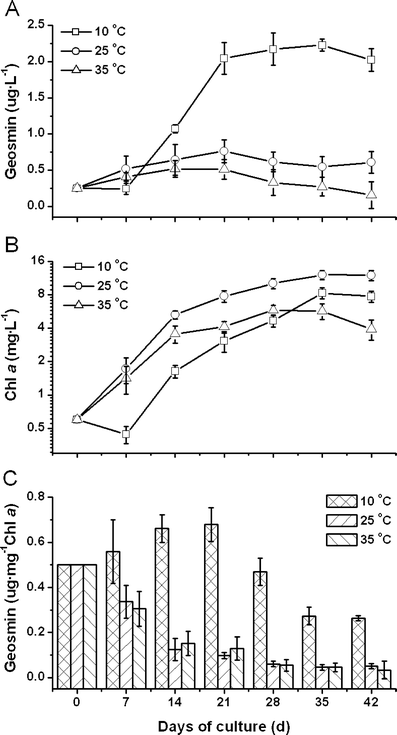
Effects of temperature and light on the growth and geosmin production of Lyngbya kuetzingii (Cyanophyta)

Corn price dip elevates intended cotton acres

Department of Poultry Science, Mississippi State University

About Extension Mississippi State University Extension Service

Mississippi catfish farmers fight for stricter safety laws
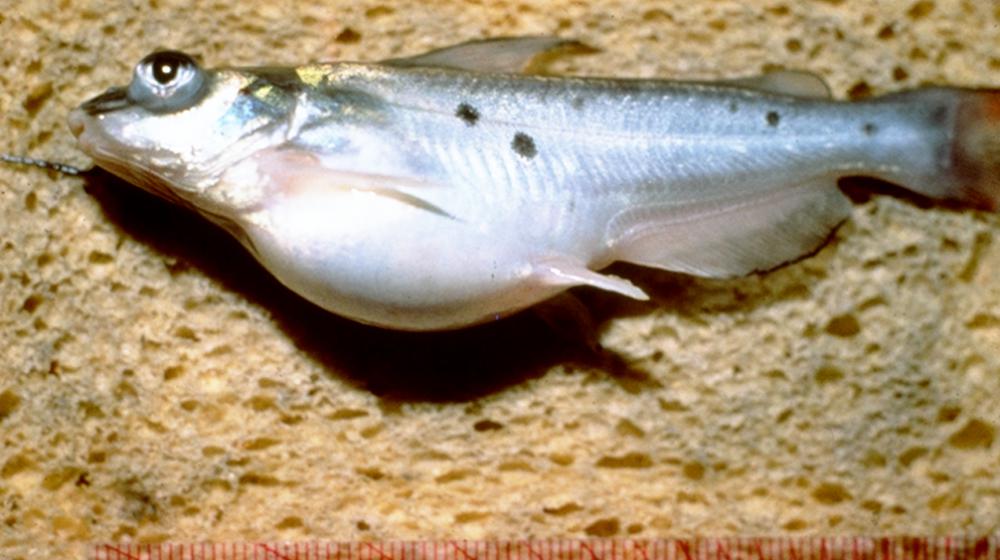
Catfish Mississippi State University Extension Service
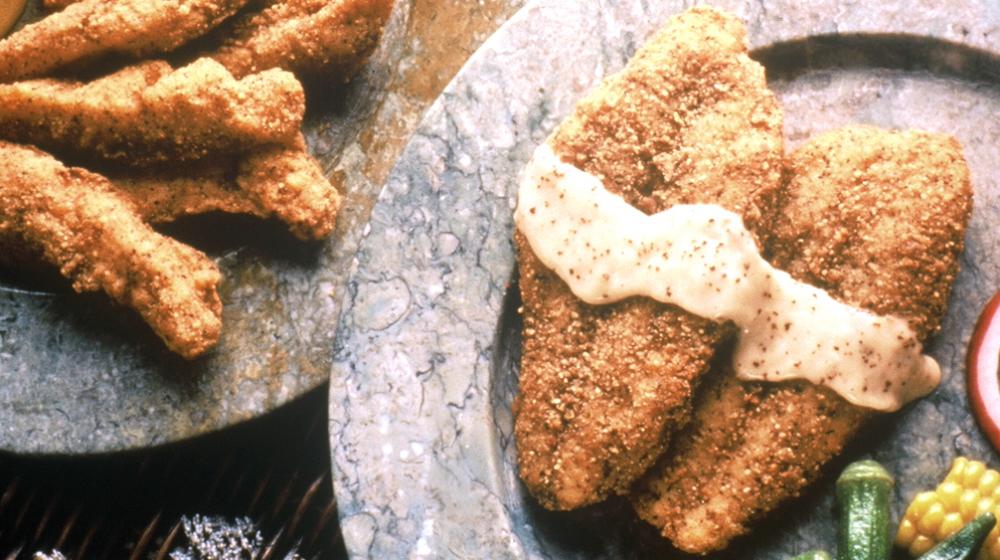
Catfish Mississippi State University Extension Service
Giant catfish caught in Mississippi River during Memorial Day fishing tournament
Harvesting catfish at America's Catch catfish farm in Ita Benna. Mississippi. - Brian Skerry
Driftwood Outdoors: The Mississippi River can yield some monster
 Ropa de pesca para hombre, chaqueta con capucha, pantalones, traje
Ropa de pesca para hombre, chaqueta con capucha, pantalones, traje Buy 11.8 Frog Plush Frog Soft Toys Cute Plushies Squishy Pillow
Buy 11.8 Frog Plush Frog Soft Toys Cute Plushies Squishy Pillow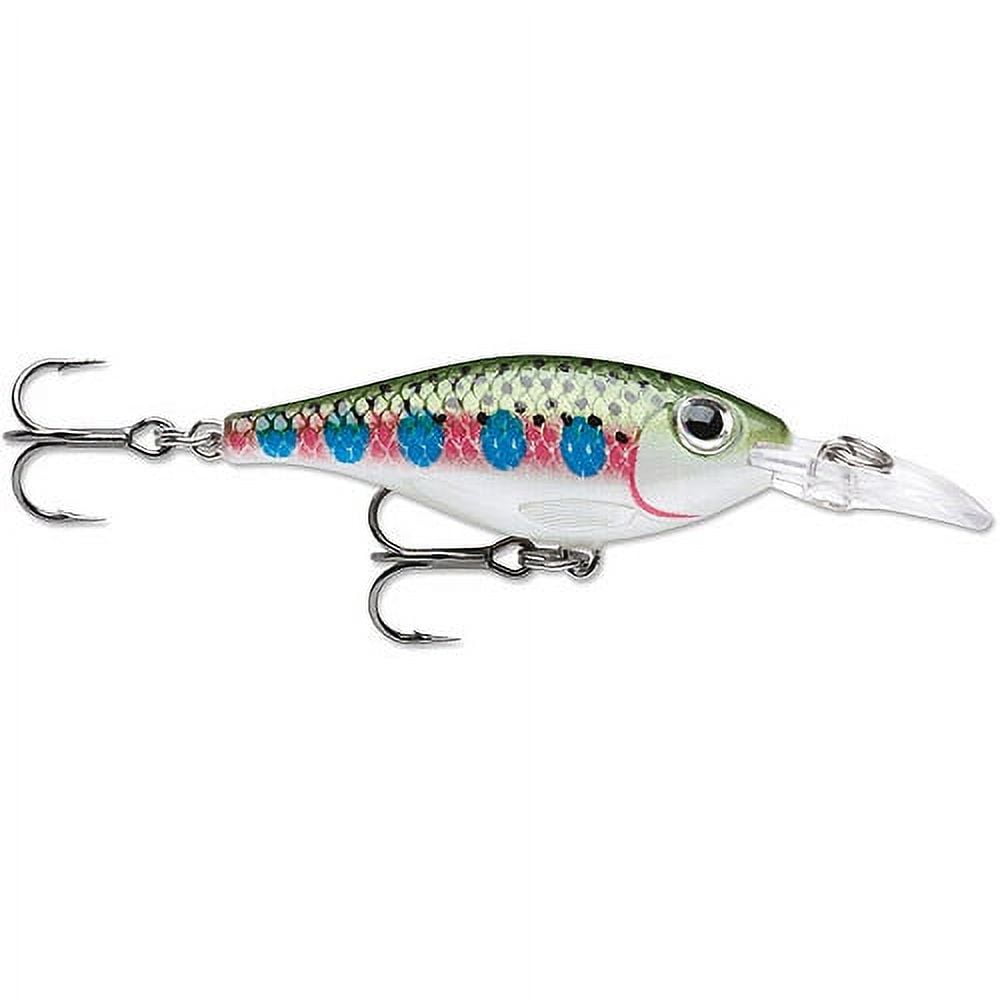 Rapala Ultra Light Shad 04 Crankbait Fishing Lure 1.5 1/8oz Rainbow Trout
Rapala Ultra Light Shad 04 Crankbait Fishing Lure 1.5 1/8oz Rainbow Trout Jual REEL GOLDEN FISH TURBO 1000-SW - 3000 - Jakarta Selatan
Jual REEL GOLDEN FISH TURBO 1000-SW - 3000 - Jakarta Selatan BRIGHTFUFU Canoe Carry Handles 1 Pair Canoe Kayaking
BRIGHTFUFU Canoe Carry Handles 1 Pair Canoe Kayaking Garmin ECHOMAP UHD 72Cv, 7 Keyed-Assist Touchscreen Chartplotter with Worldwide Basemap : : Electronics
Garmin ECHOMAP UHD 72Cv, 7 Keyed-Assist Touchscreen Chartplotter with Worldwide Basemap : : Electronics